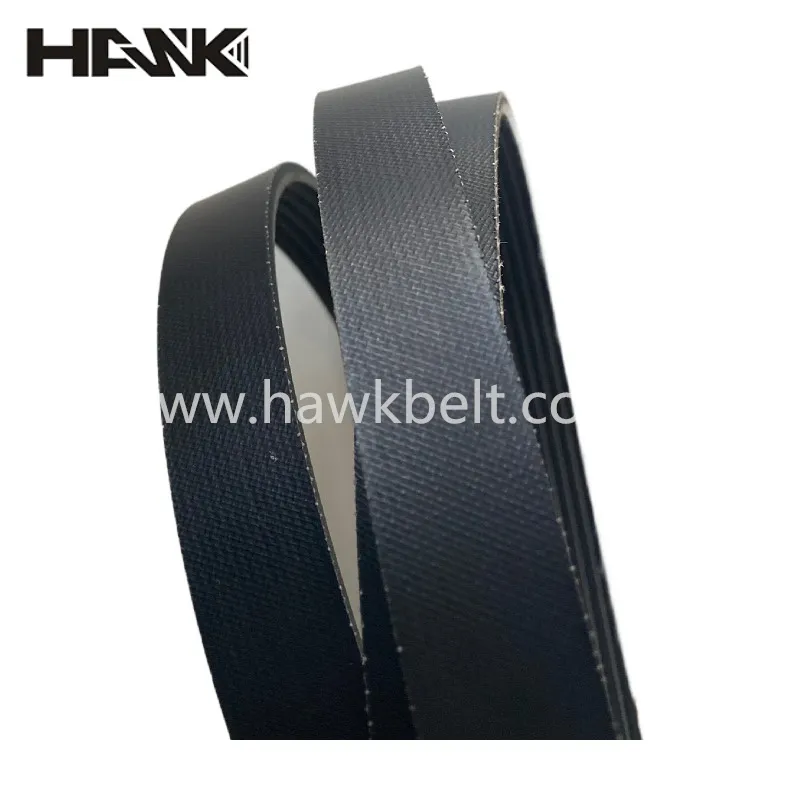- Arabic
- French
- Russian
- Spanish
- Portuguese
- Turkish
- Armenian
- English
- Albanian
- Amharic
- Azerbaijani
- Basque
- Belarusian
- Bengali
- Bosnian
- Bulgarian
- Catalan
- Cebuano
- Corsican
- Croatian
- Czech
- Danish
- Dutch
- Afrikaans
- Esperanto
- Estonian
- Finnish
- Frisian
- Galician
- Georgian
- German
- Greek
- Gujarati
- Haitian Creole
- hausa
- hawaiian
- Hebrew
- Hindi
- Miao
- Hungarian
- Icelandic
- igbo
- Indonesian
- irish
- Italian
- Japanese
- Javanese
- Kannada
- kazakh
- Khmer
- Rwandese
- Korean
- Kurdish
- Kyrgyz
- Lao
- Latin
- Latvian
- Lithuanian
- Luxembourgish
- Macedonian
- Malgashi
- Malay
- Malayalam
- Maltese
- Maori
- Marathi
- Mongolian
- Myanmar
- Nepali
- Norwegian
- Norwegian
- Occitan
- Pashto
- Persian
- Polish
- Punjabi
- Romanian
- Samoan
- Scottish Gaelic
- Serbian
- Sesotho
- Shona
- Sindhi
- Sinhala
- Slovak
- Slovenian
- Somali
- Sundanese
- Swahili
- Swedish
- Tagalog
- Tajik
- Tamil
- Tatar
- Telugu
- Thai
- Turkmen
- Ukrainian
- Urdu
- Uighur
- Uzbek
- Vietnamese
- Welsh
- Bantu
- Yiddish
- Yoruba
- Zulu
11月 . 21, 2024 21:45 Back to list
v belt size chart
Understanding V-Belt Size Charts A Comprehensive Guide
V-belts, also known as Vee belts, are crucial components in various mechanical systems, primarily used for transmitting power in machinery and automotive applications. Their design, characterized by a trapezoidal cross-section, allows them to fit snugly within pulleys, ensuring efficient power transfer and reducing slippage. However, choosing the right V-belt size is vital for optimal performance. This is where V-belt size charts come into play.
What is a V-Belt Size Chart?
A V-belt size chart is a reference tool that provides information regarding the dimensions and specifications of different V-belt types. These charts help users identify the correct belt size based on various parameters, such as length, width, and sectional shape. V-belts come in several types, including classical, narrow, and specialty belts, each featuring specific sizing standards.
Understanding Belt Dimensions
The primary measurements you will encounter on a V-belt size chart include
1. Length Typically measured in inches or millimeters, the length of a V-belt refers to its circumference when it is looped around pulleys. This measurement is critical, as an incorrect belt length can lead to insufficient tension or slippage.
2. Width The width of the V-belt affects its power transmission capability. Wider belts can handle higher loads and provide better grip. This measurement is essential for determining compatibility with the pulleys they will engage.
3. Sectional Shape V-belts are categorized into various shapes, such as A, B, C, and narrow sections like AX, BX, and CX. Each shape has specific applications and load capacities. The sectional shape ensures that the belt appropriately fits the groove of the corresponding pulley.
How to Use a V-Belt Size Chart
v belt size chart

To use a V-belt size chart effectively, follow these steps
1. Identify Your Application Knowing where the V-belt will be used (e.g., lawn mowers, industrial machinery, or automotive engines) will help narrow down the options.
2. Measure Existing Belts If replacing a belt, measure the length and width of the old belt. If no belt is available, measure the distance between the pulleys and add the required slack for the application.
3. Refer to the Chart Locate the relevant section on the size chart based on your measurements. Check the corresponding belt sizes and select the one that matches or is closest to your required specs.
4. Consider Load and Speed Ensure that the selected belt can handle the load and speed requirements of your application. Some charts may also indicate load ratings.
5. Double-Check Compatibility Always confirm that the belt you choose is compatible with the pulleys it will be used with, taking into account the groove width and shape.
Importance of Choosing the Right Size
Selecting the correct V-belt size is essential for maintaining the efficiency and longevity of your machinery. An improperly sized belt can lead to increased wear and tear, reduced performance, and potential breakdowns. Regularly checking belt condition and replacements as needed based on usage can help avoid unexpected failures.
Conclusion
In summary, V-belt size charts are indispensable tools when it comes to selecting the right V-belt for your needs. By understanding the key measurements and following the necessary steps to utilize the size chart effectively, you can ensure optimal performance in your mechanical applications. Whether for industrial purposes or simple household tasks, the right V-belt plays a decisive role in maintaining mechanical efficiency and reliability.
-
Korean Auto Parts Timing Belt 24312-37500 For Hyundai/Kia
NewsMar.07,2025
-
7PK2300 90916-T2024 RIBBED BELT POLY V BELT PK BELT
NewsMar.07,2025
-
Chinese Auto Belt Factory 310-2M-22 For BMW/Mercedes-Benz
NewsMar.07,2025
-
Chinese Auto Belt Factory 310-2M-22 For BMW/Mercedes-Benz
NewsMar.07,2025
-
90916-02660 PK Belt 6PK1680 For Toyota
NewsMar.07,2025
-
drive belt serpentine belt
NewsMar.07,2025

